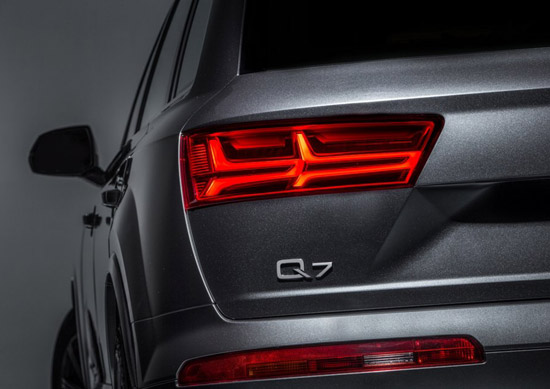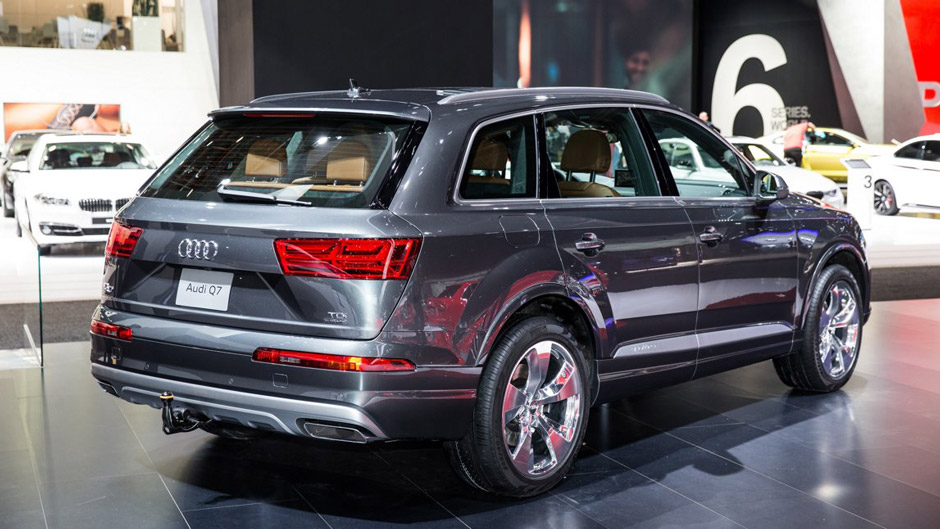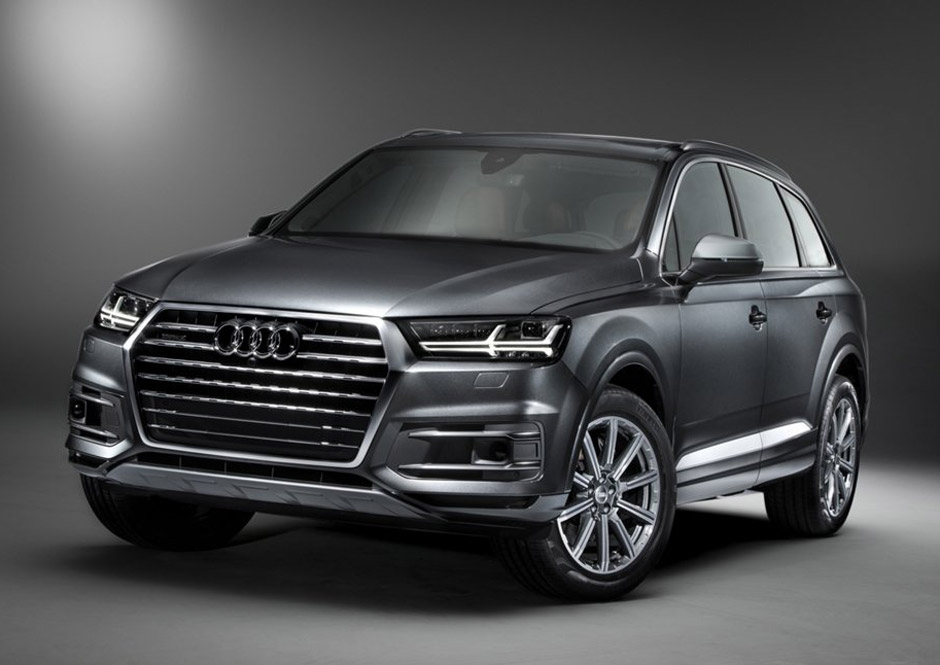
03 Ott 2017 Audi Q7 earns a 2016 Top Safety Pick+ Rating from IIHS
The all-new 2017 Audi Q7 has been named an Insurance Institute for Highway Safety 2016 Top Safety Pick+, earning “good” ratings in all five IIHS crashworthiness evaluations and a “superior” rating for front crash prevention. Top Safety Pick+ is the highest 2016 rating available from IIHS.
 “This year’s Top Safety Pick+ award for the 2017 Q7 represents our brand’s longstanding commitment to bringing innovative technologies to the market,” said Scott Keogh, President Audi of America. “The Q7 demonstrates our leadership in many of the advanced driver assistance systems today that will form the future of piloted driving tomorrow.”
“This year’s Top Safety Pick+ award for the 2017 Q7 represents our brand’s longstanding commitment to bringing innovative technologies to the market,” said Scott Keogh, President Audi of America. “The Q7 demonstrates our leadership in many of the advanced driver assistance systems today that will form the future of piloted driving tomorrow.”
The Audi brand’s focus on elevating standards for automotive engineering addresses evolving criteria for consumer crash tests as designated by the IIHS. The 2017 Q7, with a fully reinforced structure, builds on the model’s good ratings in the Institute’s other crashworthiness tests.
The standard Audi pre sense city with automatic emergency braking earned the 2017 Q7 a “superior” rating for front crash prevention. The system can detect moving and stationary vehicles as well as pedestrians, at speeds of up to 52 mph and initiates braking when a potential collision is detected.
The 2017 Q7 3.0L TFSI engine generates 333 hp and 325 lb-ft of torque. While the exterior dimensions have remained similar to the outgoing model, the all-new Q7 offers substantially more interior room for passengers with seating for up to seven standard. With exceptionally competent dynamics, driver assistance systems and connectivity, the all-new Q7 sets a new benchmark for the luxury SUV segment.
IIHS Top Safety Pick Ratings
IIHS tests evaluate two aspects of safety: crashworthiness — how well a vehicle protects its occupants in a crash — and crash avoidance and mitigation — technology that can prevent a crash or lessen its severity.
To determine crashworthiness, IIHS rates vehicles good, acceptable, marginal or poor, based on performance in five tests: moderate overlap front, small overlap front, side, roof strength and head restraints. In the area of crash avoidance and mitigation, IIHS assigns vehicles with available front crash prevention systems ratings of basic, advanced or superior, based on the type of system and performance in track tests.


